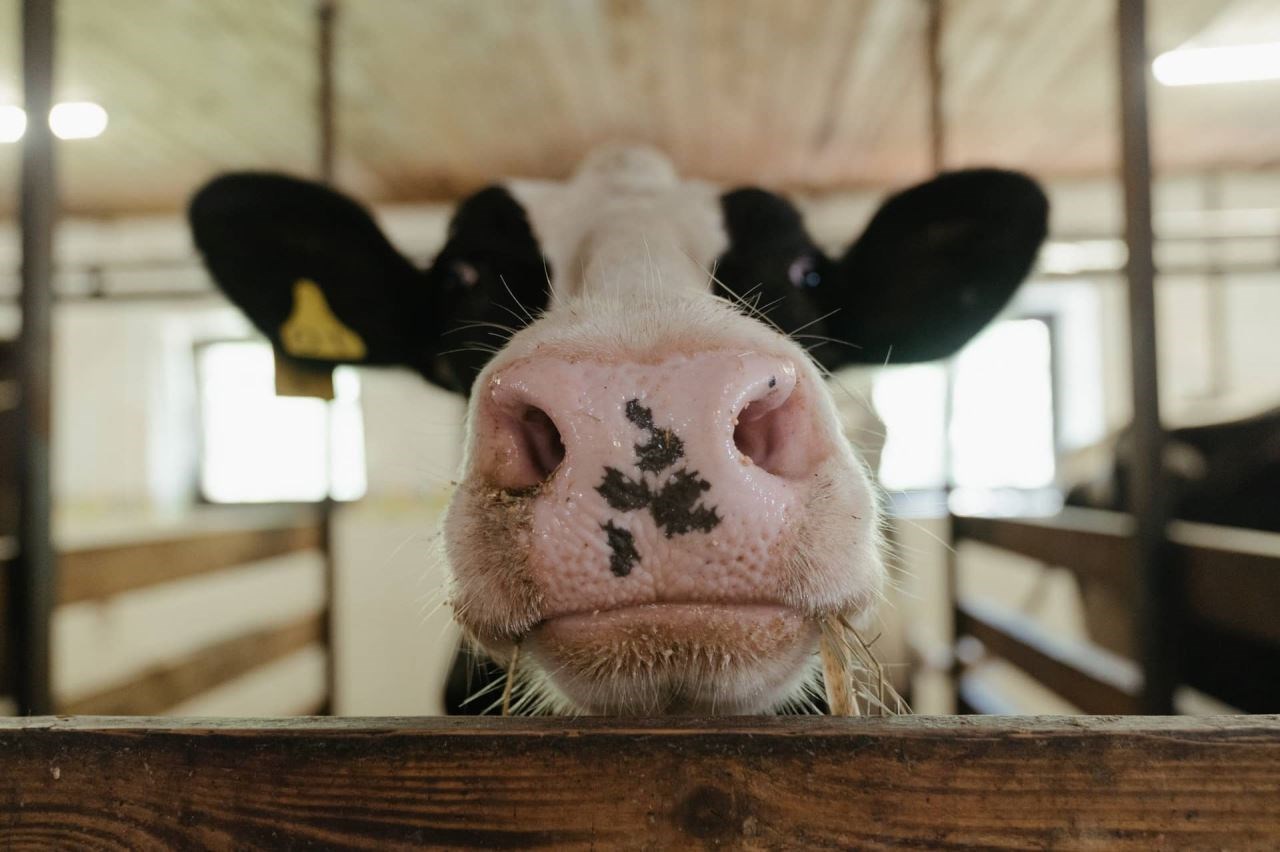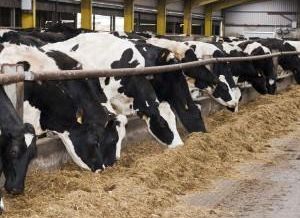Block calving - What you need to know
Preparation is the key to successful block calving
Achieving a tight calving block will not only maximize profit levels through milk price seasonality but focus the workload between calving to serving. The performance through a 12 week period of serving will have a great impact on the business for the next 18 months. If cows slip within the block, or do not get pregnant at all, it will have a significant impact on milk sales next year and overall farm profitability.
When planning for the start of serving you need to start at least 6 weeks before you start serving. Key points to consider are outlined below:
- Set up the groups early so they have time to settle with each other. Don’t introduce new animals to the group if you can help it during the service period.
- Group heifers separately if you can as this will improve their conception rates and maximise their bulling activity.
- Do not make diet changes during the service period. Introduce any energy sources such as Dynalac at least 6 weeks before the start of serving if required.
- Blood test a selection of mature cows and heifers at least 6 weeks before service to check energy and protein levels so that changes can be made to the diet if necessary.
- Record all heats from cows and bulling heifers at least 3 weeks before you start serving.
- Have routine vet visits booked in for PNC cows, check non bullers and PD as soon as possible.
- Ensure anyone who is observing the herd for bullers is fully trained in heat detection. If using a heat detection system, ensure that it is working and time your services as recommended by the system. Using several methods of heat detection will give you the best results.
- When coming to the end of the serving period the VWP should be reduced to 30 days to increase the number of cows open. If you don’t serve a cow she definitely won’t get in calf but if you do there is every chance!
Achieving a 90% submission rate in the 1st 3 weeks will give you the best chance of maintaining a tight block calving
Dairy Cow Fertility Management tips
Cow Health and Status
- Ensure you get your pre calving management right – see Protocol!
- Ensure freshly calved cow intakes and diets are appropriate for production level
- Ensure retained cleansings/whites are dealt with promptly and effectively
- Monitor cow performance to ensure they are coming into milk as expected
Service
- If using an AI service, serve at the next visit and then again the following day if the cow is still on heat
- For DIY AI serve around 10-12 hours after bulling has been observed
- If using a heat detection system, serve at the peak time recommended – it makes a difference!
- Ensure your handling facilities separate the cow with the minimum of stress
- Provide her with milking cow diet and ad lib water if separate from the rest of the herd for more than 3 hours. DO NOT keep these animals alone and make sure they cannot see the rest of the herd during separation
- Serve as soon after separation as possible and return to the herd unless the herd has already gone out to grazing, in which case keep in on a good quality diet and put back with the herd at the following milking
- Ensure the AI flask is topped up regularly and the semen is put in/taken out of the flask efficiently
- Ensure you use the correct semen thawing procedure – it is different for sexed than normal
- Warm the insemination gun prior to use and insert the semen as quickly as possible after thawing
- Maximise hygiene as much as possible at service – using a sheath on the gun will improve conception rates. Regularly disinfect your insemination gun with boiling water – not disinfectant
- Serve where the cow has minimal room for sideways movement, has minimal stress and maximum comfort for the inseminator (i.e. same floor level and undercover)
- Record inseminations by inseminator so that inseminator success can be monitored
What is block calving?
Block calving is when your herd of cows has a specific period or “block” of time in which calving takes place.
This can be one block where all cows calve in a defined 12-week period (or less), or split-block, where cows calve in two distinct 12-week periods each year, usually Spring and Autumn..
Protocol for Calving a Cow
Here we share tips and advice on how to calf a cow.
- Three weeks prior to calving, bring the cow nearer to the farm in preparation for calving
- Ensure she is put in a clean, dry environment from now until calving
- Ideally house these cows so that you have full control over what they eat. But if they are out at grass ensure the calving paddocks are rotated to minimise dung buildup, ensure there is minimal grass and bring the cows in mid day for a controlled buffer feed
- House transition cows using plenty of straw, do not overstock and clean out the shed at least every 4 weeks
- Feed a transition diet with 10kg forage DM (including 4kg straw), 13% CP and 115-120 MJ ME. Ensure a negative DCAB by including 150g dry cow mineral and 120g magnesium chloride flakes
- Prechop straw as short as possible (2-3 cm) for transition cows to maximise intakes
- Keep grazed grass or high quality grass silage to a minimum
- Test urine with litmus paper to ensure a pH of 6-7
- Check 4-5 times per day for signs of calving
- Ensure there is always a clean, dry, well bedded calving area available at all times
- If your incidence of milk fever, displaced abomassums or retained cleansings are higher than 3% call us!
- Once calved, ensure the calf receives its colostrum within the first 6 hours (min 4 litres) and the cow receives at least 25 litres warm water straight after calving
- Keep the cow and calf together for no longer than 24 hours. If cow has calved well and there is no sign of milk fever, take calf away after 6-12 hours, milk the cow through the parlour and feed the colostrum back to the calf
- Ensure during this period, the cow has access to the milking cow diet and adlib water
- At initial milking, do not milk out fully, especially if an old cow, the cow has had twins or the risk of milk fever is high
- Put cow into main milking herd and observe to ensure her appetite is good, there are no signs of whites/retained cleansings and she is using the cubicles
- If at the start of winter, trim her tail and flame her udder to maintain cleanliness
Need advice about block calving?
Contact our dairy farm consultants today for independent advice on farm management or call us on 01666 817 278




